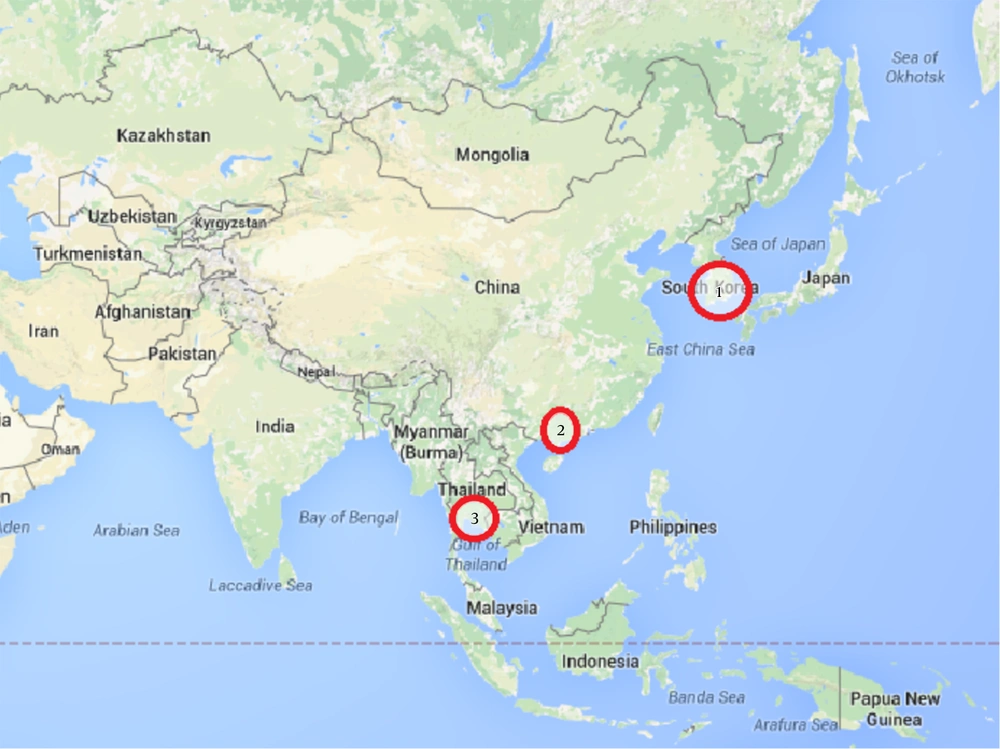Dear Editor,
Emerging infectious disease is an important issue in health scope and problematic in public health. Within the past few years, many new and problematic infections have emerged in the world. Middle East Respiratory Syndrome (MERS) is a new emerging infection that was firstly detected in the Middle East and since then several epidemics have been reported in other areas (1). The occurrence of MERS outside the Middle East has become a global public health issue.
For any new emerging infection, the mode of transmission is usually the significant issue in medicine. There is also a common concern on the transmission of disease in the situations with crowded population. The gathering of a large group of people during the annual pilgrimage period (such as in India and Saudi Arabia) is usually accused as a starting point for disease outbreak (2). This is also the case for the MERS. Since the original site of MERS was the Middle East, the Hajj pilgrimage is usually mentioned for the possible spread of the disease to other areas. However, this accusation seems to be wrong. Regarding the 2015 outbreak of MERS in Korea, China, and Thailand, there was no evidence of imported cases of MERS from Hajj or other Islamic pilgrimage visit to the Middle East (3, 4) (Figure 1). In addition, many cases of MERS have been reported in non Middle East areas, and there was only one case reported in Malaysia that had an evidence of relationship to Hajj (5) (Table 1). Hence, it should be noted that Hajj pilgrimage is not the common detected problem in new emerging cases outside the Middle East. Good preparation and strict sanitation practice during pilgrimage visit can guarantee the safety of this practice (6).
1, Seoul, South Korea, the first case was a Korean contracted disease after returning from a business trip in the Middle East (May 2015); 2, Guangdong, China, the first case was a Chinese contracted disease after visiting his friend in South Korea (May 2015); 3, Bangkok, Thailand, the first case and only one case was a foreigner from Oman who carried the disease from the Middle East (June 2015).
| Year | Trend |
|---|---|
| 2012 | The first case was reported in Saudi Arabia along with some sporadic cases in the Middle East. |
| 2013 | A large outbreak was seen in Saudi Arabia and there was a new emerging disease in Europe. WHO called for attention of the global threat of MERS. |
| 2014 | The first case was seen in the USA. |
| 2015 | New emerging disease occurred in South Korea and there was a large epidemic in South Korea. Also, sporadic emerging infections are seen in China and Southeast Asia (Thailand and the Philippines) |
Pattern of the MERS in the First Year of Its Detection Along With the Trend of Disease in the Following Years
